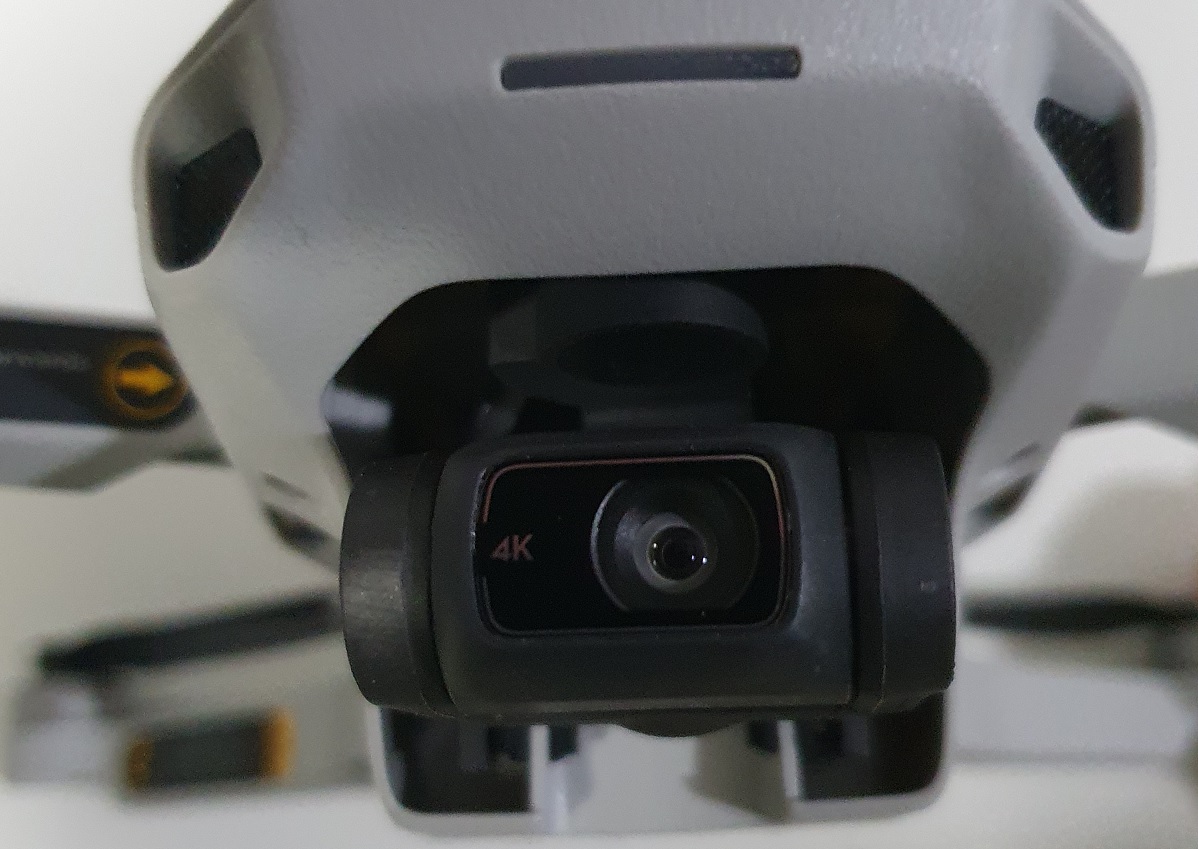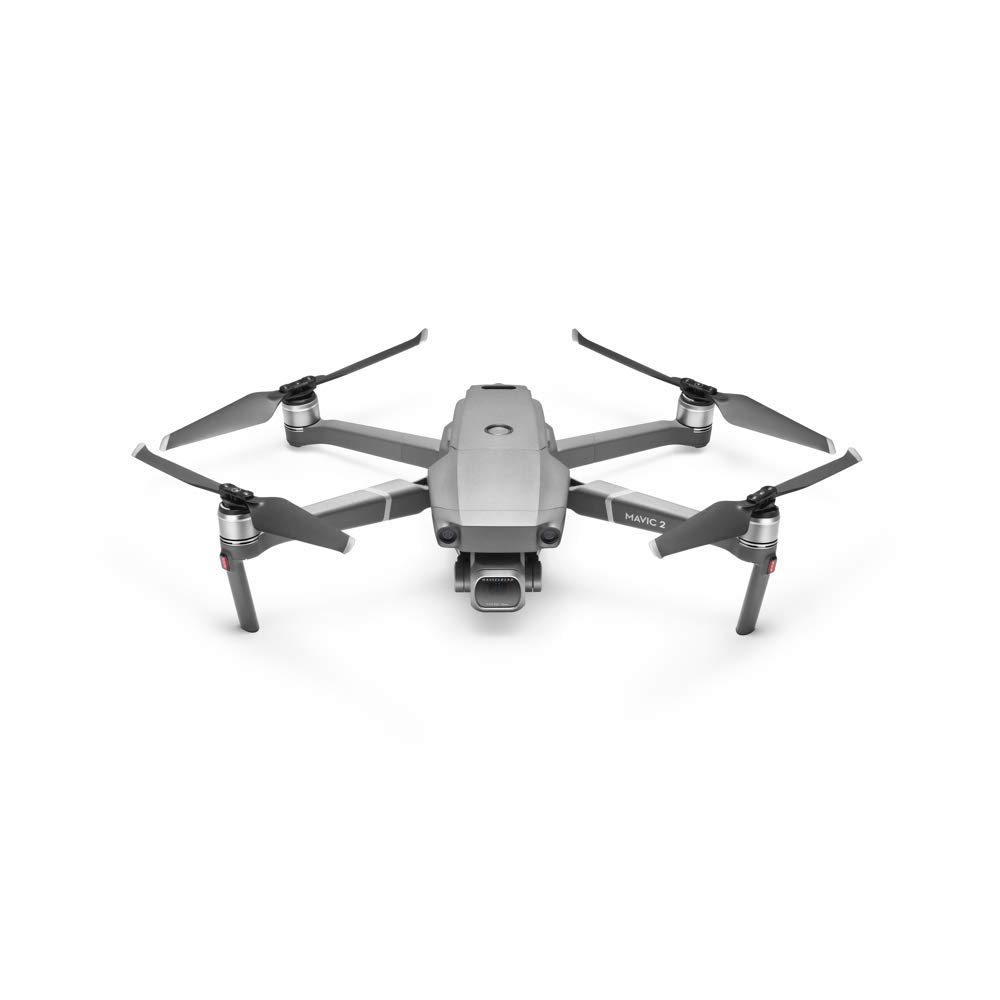The camera and indeed the ability to capture aerial films and photos is one of the main reasons for buying a drone.
However, when you look at the footage captured by a drone, you will see that it is quite different from that captured by a GoPro camera attached directly to your bike, helmet or your car dashboard.
The difference is that the drone footage is distortion-free and clear. And there is a good reason for this – the gimbal.
What is gimbal camera system?
A gimbal is a camera stabilizer with smart sensors and electronic motors, which keep the camera stable and free of vibrations while the drone is flying.
You can get a drone that has 2 or 3-axis camera gimbal. Just as the numbers denote, a two-axis gimbal is a 2D (D for dimensional) gimbal that only keeps the camera stable on roll and pitch.
In aircraft lingo, so to speak, pitch means the up and down nose movement while roll means the rotation of your drone from nose to tail on an axis. Thus, a two-axis gimbal stabilizes the drone when the computer detects those two movements.
If your drone has a two-axis gimbal, you are likely to see a distortion along the horizontal line of your footage.
On the other hand, a three-axis gimbal means that the gimbal will keep the camera stable even when the drone rotates in three dimensions which are roll and pitch (explained above) and yaw where the nose moves left or right on an axis.
Therefore, from this layman explanation, you can tell that a three-axis camera gimbal is better than a two-axis one.
How a three axis drone camera gimbal works
There is a whole lot of science behind how a three-axis drone camera gimbal works. However, without going into the mechanics, there are two basic parts.
The first part is the camera holder, which holds the camera. Secondly, there are the motors. Today, all gimbal motors are brushless, which means they make minimal noise, they respond fast and they require minimal care and maintenance. However, it is also possible to find brushed motors on a gimbal.
When the drone moves, an IMU – inertial measurement unit responds to the movement. Once the movement is input into the controller, the controller then computes the amount of correction needed to keep the camera steady. The three motors will then work to keep the camera steady, helping you to get perfect film and photography footage.
Please note that if you are buying a three-axis gimbal separately to fit on your drone, you should ask the drone manufacturer or the gimbal supplier the types of drones it can go with.
The reason for this is that drone gimbals are designed with a specific drone camera in mind. In addition, the gimbals are tweaked to match the weight, sensors and the positioning of the camera. In such cases, the camera can take perfect videos and photos.
However, to save yourself from the trouble of fixing a gimbal on your drone, you can always get a drone with integrated gimbal. Brand names such as Yuneec, DJI, Potensic and others already integrate two or three-axis gimbals with their cameras.
The main benefit of buying such a drone is that gimbal is aligned to the flight system and other components of the drone.
A lot of the correction happens in the drone controller system. There is a lot of computing taking place at any one time.
For instance, when you are flying the drone in hands-free mode and you perform a basic physical function like waving your hand, the function is translated to an electronic signal. This signal is fed into the controller. The controller then gets the drone to respond to that signal by moving in the direction that you swung your hand.

A gimbal maintains proper horizontal orientation
Besides correcting distortion caused by vibrations, the drone’s gimbal maintains proper horizontal orientation on your footage.
When you have a three-axis gimbal, the controller will activate the motors separately on each axis. That way, the motors keep the drone can keep the camera steady on each axis.
For every smallest movement that the drone computer detects on any axis, it will compensate for them. It compensates by keeping the drone steady and levels it when it detects that it is not level.
Therefore, a drone camera built onto a gimbal will maintain horizontal and vertical orientation even when the aircraft slants in flight. Even when the drone is navigating a bend or a corner, the computer responds fast by computing the amount of leveling that is required.
Today, many photography drones come with wind resistance. Even then, the drone will vibrate a lot in the wind and lose its horizontal orientation. Therefore, if your drone is your aerial camera for premium video and photo footage, choose one with a three-axis gimbal.
If a camera is mounted on a three-axis gimbal, it stays stable and upright regardless of the motion of the drone or the wind whipping the drone sideways.
Is a drone camera gimbal easy to use?
If you are buying a gimbal separately to fit on your drone, your choice comes down to two or three axis ones. The two axis gimbals are light in weight and so they don’t affect the flight time too much.
Three-axis gimbals are heavy and since they get power from the drone battery, they shorten the flight time. All the same, the corrective benefits of a three-axis gimbal on your footage are immense.
Today, most drone camera gimbals function automatically. Thus, when the drone vibrates or slants in the wind, the gimbal kicks in automatically to correct the level and camera angle. With such a gimbal, the drone pilot does not have to do anything.
In most cases, drones with two or three axis gimbals also come with electronic image stabilization function. The EIS works with the gimbal to enhance the footage quality.
Some gimbals might need calibration. This can be a spot of bother for beginners, so you should avoid it if possible.
Not all drones support gimbals. Thus, before you buy one, find out whether yours does. In any case, today, most of the big drone manufacturers integrate gimbals in their drones. In such cases, you don’t need to buy one separately.

